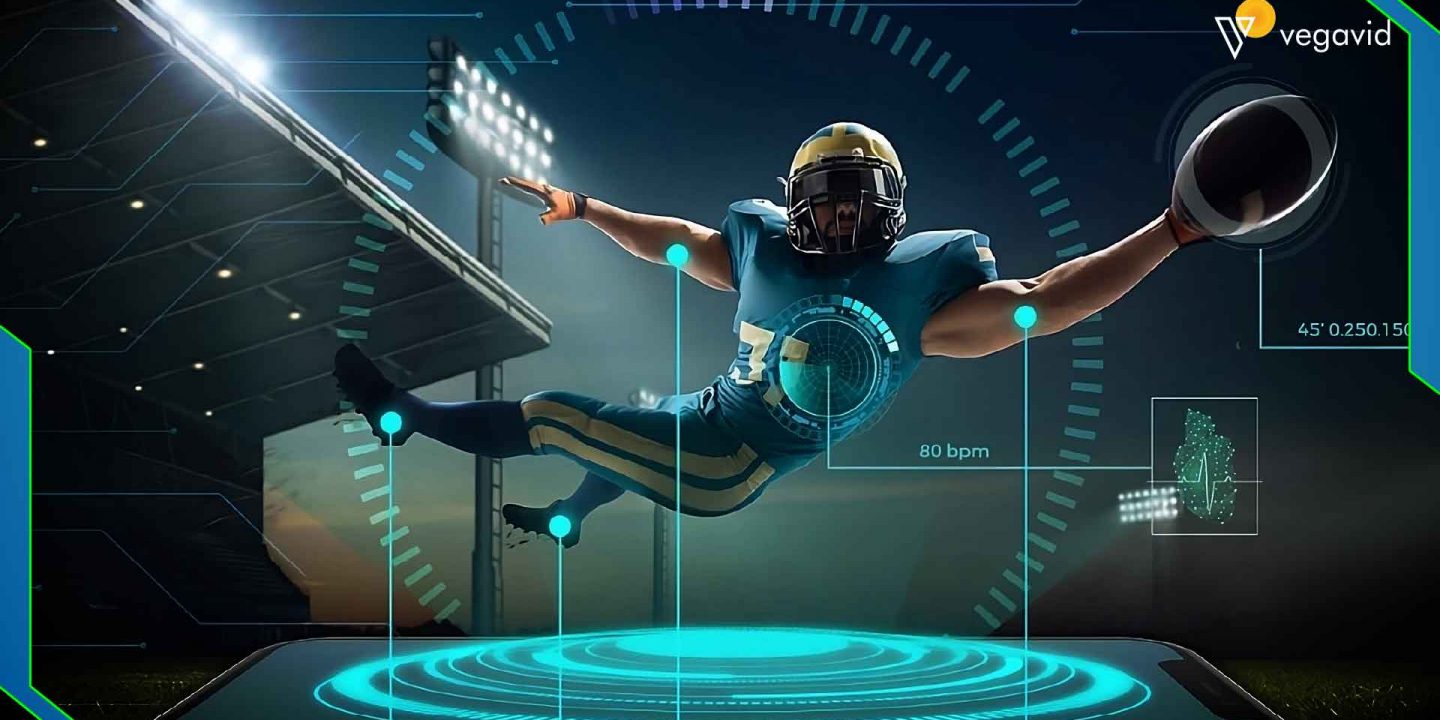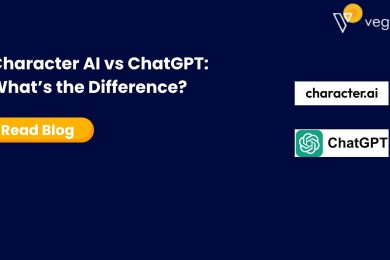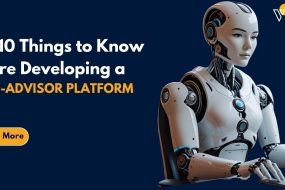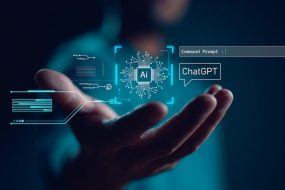
Artificial intelligence is unexpectedly changing numerous industries and the impact is now being felt inside the sports activities world as well. From enhancing participant performance and training to raising fan engagement, AI technologies are infiltrating many factors of expert and novice sports. In this blog, we can discover how AI is currently augmenting diverse areas in sports like predictive analysis, recreation approach, injury prevention, and equipment innovations. We may even spotlight promising future applications of AI like virtual education, personalized analytics, and expertise scouting. The objective is to apprehend AI’s growing role in remodeling the sports activities industry from grassroots to expert ranges.
How is AI Used in Sports?
Artificial intelligence is being used in diverse approaches throughout specific sports. At the expert stage, groups are leveraging AI and system studying to advantage strategic benefits. Advanced laptop fashions are being developed to research gameplay, participant performance stats, injury risks, and more to expect consequences and optimize strategy. Computer imaginative and prescient technologies that can recognize and interpret video are also assisting teams in picking out patterns, inclinations, and openings to exploit.
Coaches can then make extra informed selections round methods, substitutions, and participant matchups. AI is also transforming how athletes train. Wearable sensors and biometrics are imparting deep insights into elements like workload, fatigue, vitamin wishes, and damage risks. Personalized training regimens optimized through AI purpose to assist gamers’ height at the right instances at the same time as minimizing accidents.
Applications and Use Cases of AI in Sports
There are several innovative applications and use cases of AI emerging across different sports:
Harnessing AI for Advanced Player Performance Predictive Models
Teams are harnessing the power of AI to build advanced player performance predictive models. Machine learning algorithms are analyzing huge troves of data like players’ past performance stats, gameplay metrics, injury history, health records, biometric data, and more to find patterns and correlations. These complex computer models can then be used to forecast the future performance of individual players as well as the probability of various outcomes like wins/losses.
The predictive analysis helps teams determine the best starting lineups and substitution strategies. It provides insights into which player matchups are most effective against opposing teams’ playing styles. These data-driven insights allow coaches and managers to make more informed tactical decisions. Advanced predictive modeling is giving teams a competitive advantage by optimizing roster planning as well as real-time game strategy and management.
Leveraging AI to Decipher Game Footage and Detect Subtle Patterns
Sports teams are leveraging AI and computer vision to thoroughly analyze game footage and uncover subtle patterns that may elude even experienced human coaches. Powerful machine learning models are being trained on hours of archived video data to understand visual cues like player movements, formations, and tendencies. These AI systems can then detect these hard-to-notice patterns when viewing live feeds and new video recordings. They help identify weaknesses in opponent strategies and offensive and defensive trends over time.
By leveraging AI in this way, coaches can gain deeper insights than traditional video scouting alone. The technology points out plays with the highest probabilities of success based on tactical positioning and play development. It also reveals underutilized players who could provide strategic advantages. This helps devise better-planned and more data-backed tactics and game plans.
Crafting Tailored Training Regimes with AI
Sports teams are leveraging AI and machine learning to craft highly customized and tailored training regimes for their players. Through wearable devices and sensors, biometric data on factors like heart rate, sleep, activity levels, and movement biomechanics is being continuously monitored and analyzed. When this rich dataset is fed into AI training models, it helps identify each player’s individual strengths, weaknesses, injury risks, and performance optima.
The systems then generate a personalized digital training plan for the player with a schedule of targeted exercises, intensity levels, recovery periods, and nutrition guidelines. This precision approach aims to enhance performance while preventing overexertion and injuries. Players benefit from AI-powered coaching that is adaptive to their unique bodies and situations in real time.
AI: The Game Changer in Sports Equipment Innovation
Artificial intelligence is fueling disruptive innovation in sports equipment through machine learning and predictive analysis. Sports equipment manufacturers are leveraging AI to design cutting-edge gear that enhances performance. Advanced computing allows them to simulate how minute design changes impact aerodynamics, impact factors, torque, and more through physics-based modeling. Materials scientists use predictive modeling to design light yet durable composite materials.
AI also aids in developing smart, tech-integrated equipment like balls that provide form feedback through sensors. Chips in clothing, protective gear, and uniforms monitor biomechanics to prevent injuries from repetitive impacts. Augmented sports gear with embedded AI coaches’ players in real-time too. This data-led approach ushers in revolutionary innovations to push the limits of human athletic potential through AI-optimized equipment.
Leveraging AI to Elevate Fan Experiences
Sports organizations are leveraging AI to profoundly enhance fan experiences. AI powers personalized recommendations of game tickets, merchandise, and engagements based on fans’ interests and past behavior. It analyses massive troves of crowd data to optimize stadium/arena flows and reduce congestion. Computer vision guides fans to their seats or favorite snacks using live cameras. Augmented reality apps powered by AI bring immersive stats, replays, and analysis directly into live viewing experiences.
Chatbots and virtual assistants answer queries instantly. AI also helps form affinity communities among fans for deeper engagement. It captures social media conversations to understand preferred content types and sentiments around teams/players. This feedback aids in developing AI-driven campaigns and entertainment tailored for Superfans. Better experiences and relationships built through AI translate to increased fan loyalty, merchandising, and ticket revenues.
AI for Injury Prevention and Enhanced Player Safety
Artificial intelligence is playing a vital role in preventing injuries and protecting players in full-contact sports. Computer vision and sensor technologies powered by machine learning can analyze biomechanics and detect potentially risky movements and collisions in real-time. Wearable devices equipped with AI models flag unsafe forms, flags, impacts, and signs of fatigue during practice and matches. This helps trainers and medical staff make timely interventions.
Complex predictive models also identify individual injury risks by studying past injury data and correlating it with biometric and gameplay metrics. Players receive tailored training regimens and workload management to avoid overexertion. AI-based impact monitoring helps certified equipment, turf, and balls to further cushion blows. Concussion detection systems apply AI to quickly diagnose head injuries and optimize treatment. All these innovations significantly raise safety standards in fields.
Help with Officiating
Artificial intelligence is providing valuable assistance to referees and officials in various sports. Computer vision powered by machine learning can accurately analyze micro movements across large areas of play to help officials make challenging subjective calls. Frame-by-frame slow-motion replays of incidents aid in decisions around close-offside calls, fouls/penalties, and scoring reviews. This reduces human errors compared to real-time officiating.
Wireless sensors in pucks, balls, and equipment track precise data on shots, passes, tackles, etc. to determine the outcomes of controversial plays objectively. Advanced predictive models study history and tendencies to forecast likely infractions and warn referees. Over time, AI helps reduce bias as data-backed decisions improve transparency. It also assists with tasks like automatically generating comprehensive game reports and statistics for umpires. Overall, AI enhances accuracy and consistency in sports officiating.
The Future of AI in Sports
Here are the futures of AI in sports:
Predictive Analytics
Predictive analytics is one of the most exciting future applications of AI in sports. Advanced machine learning algorithms can analyze a trove of data like player performance statistics, metrics, scouting reports, injury history, and more to build predictive models. These models will be able to forecast important outcomes like the likelihood of players getting injured, their future performance trends, team’s chances of winning upcoming games with a high degree of accuracy. Coaches and teams can then utilize these predictions to develop strategic plans, optimize resource allocation, and craft individualized training programs to improve players’ performance and the team’s chances of success.
Virtual and Augmented Reality
Virtual and augmented reality technologies are poised to enhance training and fan experiences in major ways. VR can immerse athletes in virtual training environments to practice techniques and receive virtual coaching and feedback in real-time. Fans too will be able to enjoy immersive VR Match viewing experiences. AR, on the other hand, will allow players to access performance data and training regimens overlaid in the real-world. Coaches may utilize AR to diagram plays virtually. With 5G enabling superior VR/AR, these tools are sure to transform how athletes train and deepen the engagement of technologically savvy fans in the sports world.
Player Recruitment and Scouting
Artificial intelligence will revolutionize how players are recruited and scouting is conducted. Machine learning algorithms can analyze footage of millions of players to identify strengths, and weaknesses and predict future potential at an early age. Detailed profiles of players with predicted attributes will help clubs and scouts easily shortlist talent. Scouting databases powered by AI will integrate diverse data sources to build comprehensive dossiers of players. Computer vision and sensors in gear/equipment can capture unique biomechanical details to identify X-factors. This data coupled with predictive modeling will allow teams to scout remotely and pick the best-suited players with unprecedented accuracy.
Ethical and Regulatory Challenges
As artificial intelligence becomes more pervasive in sports, ensuring its ethical and responsible use will be imperative. Regulators and stakeholders will need to address challenges like potential bias and discrimination in algorithms, data privacy and security issues, and transparency of AI decision-making. Regulations are required to mandate human oversight and accountability of AI systems. Guidelines around proper testing, auditing of models, and resolution of any unintended impacts will be important. Sports leagues may have to implement controls against the risk of over-dependence on AI. Standardization of AI governance frameworks can help build public trust and allow the realization of AI’s full potential fairly and equitably.
Innovation in Sports Equipment
Advances in artificial intelligence and robotics are fueling innovative concepts in sports equipment and wearables. AI and sensors are embedded in gear like smart bats, balls, gloves, jerseys, and shoes to capture rich biometric data on players. This data combined with AI tools allows equipment to provide real-time feedback on performance and biomechanics to athletes. New form factors like exoskeletons powered by AI are in development for training. Moreover, AI will help simulate improved virtual prototypes of equipment that can be tested under complex settings before real manufacturing. Such AI-driven innovations have the potential to elevate sports performance to new levels.
Conclusion
In conclusion, artificial intelligence has undoubtedly started impacting the sports industry in diverse ways. From revolutionizing player training and recruitment to equipping fans with immersive experiences, AI is poised to completely overhaul the landscape of modern sports. While technical challenges remain in fully realizing the potential of technologies like computer vision, VR, and predictive modeling, early adopters of AI are already reaping benefits. Looking ahead, continued advancements in data science and machine learning algorithms coupled with 5G connectivity and smarter devices will likely accelerate this transformation. However, responsible development guided by ethical best practices will also be imperative to ensure AI enhances rather than hinders the true spirit of sports.











